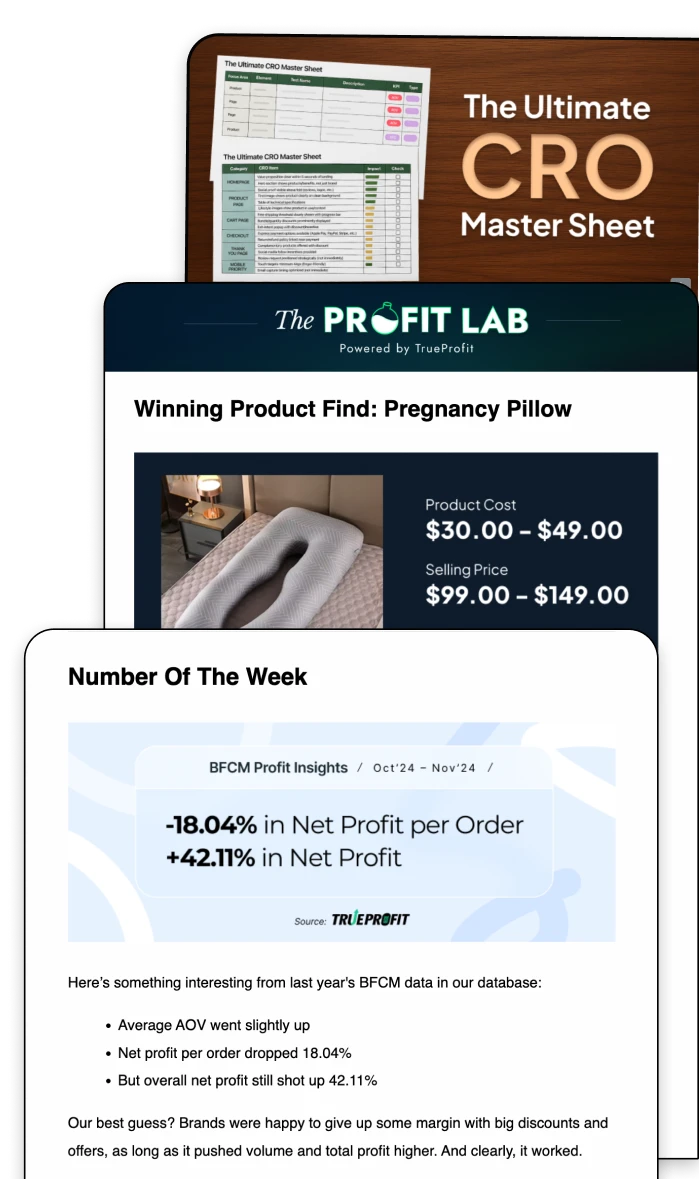10 Profitable Niches with Low Competition to Start in 2025
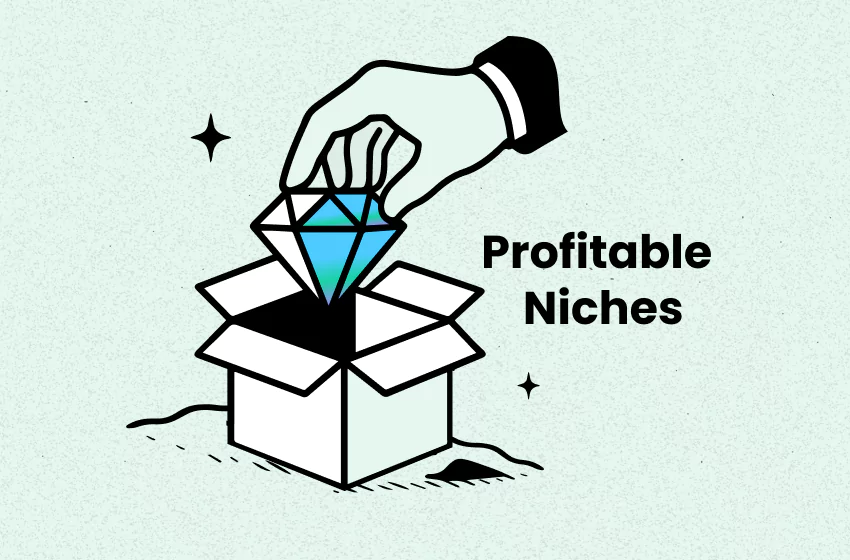
Profitable niches with low competition are specific segments of a market where there’sconsistent demand but not saturated with identical competitors.
Here’re the 10 profitable niches with low competition we’ll cover in detail:
- Sustainable Mushroom Lamps
- Organic Dried Fruit Slices
- Animal-Shaped Silicone Cocktail Straws
- Natural-fiber Fuzzy Socks
- Dessert-Flavor Toothpaste
- Super-Clumping Tofu Litter
- Kawaii Food Jewelry
- Travel & Car-Ready USB Bottle Warmers
- Electric Nail Clipper for Dogs
- Frozen Smoothie Cups
Let’s dive in.
What Is a Profitable Niche with Low Competition?
Low-competition niches are often highly specific and cater to a smaller audience. For example, instead of selling “yoga mats” (saturated), you might focus on “eco-friendly cork yoga mats for beginners” (more targeted, less competition, higher perceived value).
Profitable niches with low competition are balancing three factors:
- Demand – Enough people want it
- Competition – Not flooded with identical offers.
- Profit Margin – After all costs, you still keep a healthy profit.

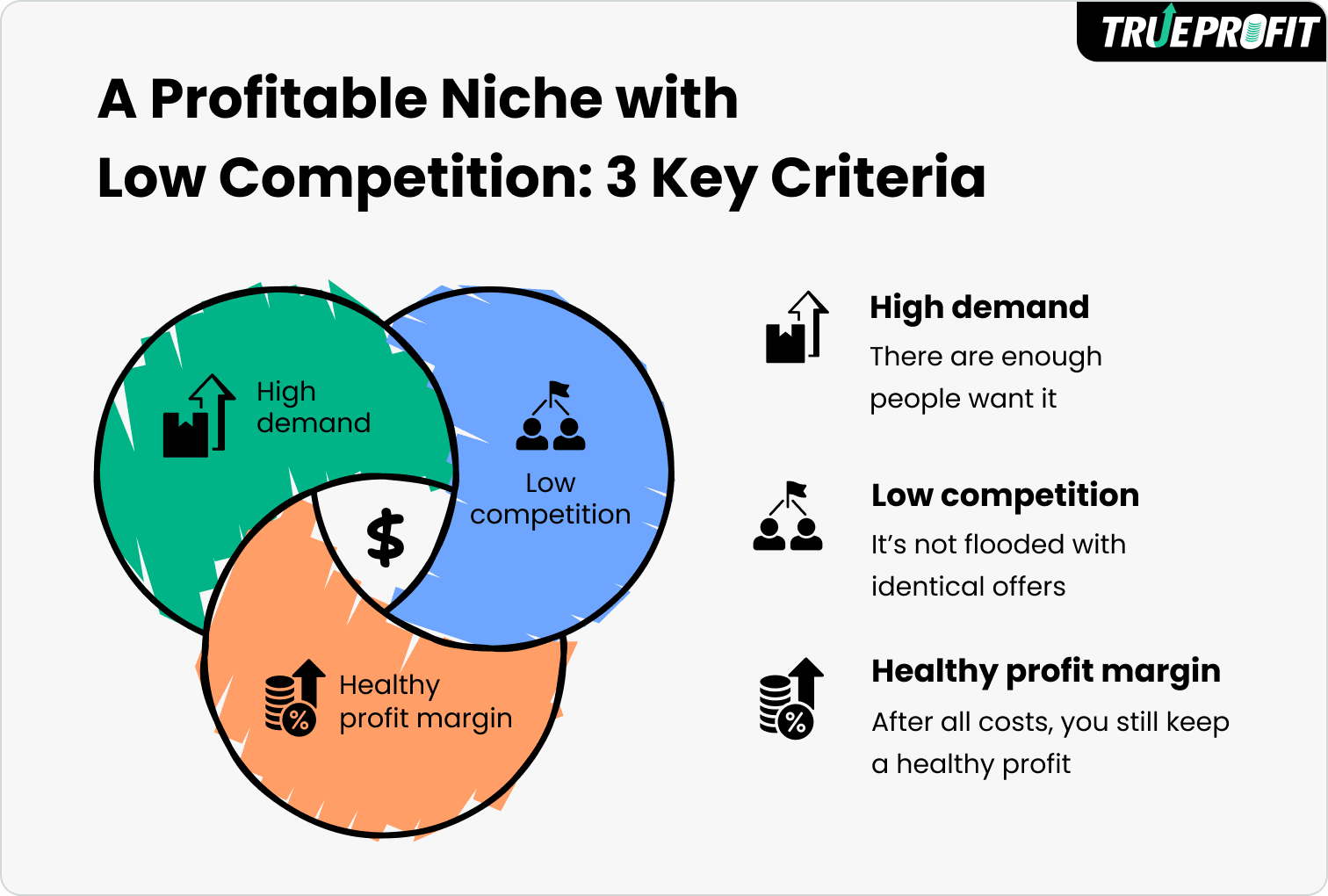
How to Find Low-Competition Niches
Here’s a profit-focused approach to uncover niches before they get saturated:
1. Look for long-tail trends
Monitor Google Trends, TikTok, and Instagram hashtags for niche-specific phrases rather than generic keywords. “Pet GPS tag” will show less competition than “pet accessories.”
2. Check emerging communities
Reddit, Quora, and Facebook Groups are goldmines for spotting products people talk about but can’t easily find in stores.
3. Validate with numbers
Use keyword tools (SEMRush, Ahrefs) and marketplace research tools to check search volume, ad competition, and product availability.
4. Test quickly
Start small by creating a landing page/ads test to test market demand. Harry Chu, Founder of TrueProfit, gives you an advice here: “Don’t marry a niche before you see the net profit behind the scene. Test ads on a small budget, track real profit, then scale.”
5. Prioritize profit over hype
A trending niche with razor-thin margins isn’t worth your time. Low competition means you can target a good profit margin—shoot for 30–40% instead of the standard 10–20%.
10 Profitable Niches with Low Competition
These 10 niches tick the boxes for demand, profit, and relatively low competition this year:
1. Sustainable Mushroom Lamps
- Profit margin: 45-65%
- Estimated competition: ~100-300 active sellers
* Estimated = based on marketplace listing.
Mushroom lamps are a social-media driven décor trend — TikTok pages for “mushroom lamp” show ongoing viral interest and discovery. Yet, smart mushroom lamps (with circadian modes, app control, or sleep preset) are still growing segments.
You can sell at a mid-range price ($70–$180) and still achieve healthy margins (approx 45–65%) because sustainable claims allow premium pricing and attract a less price-sensitive audience.

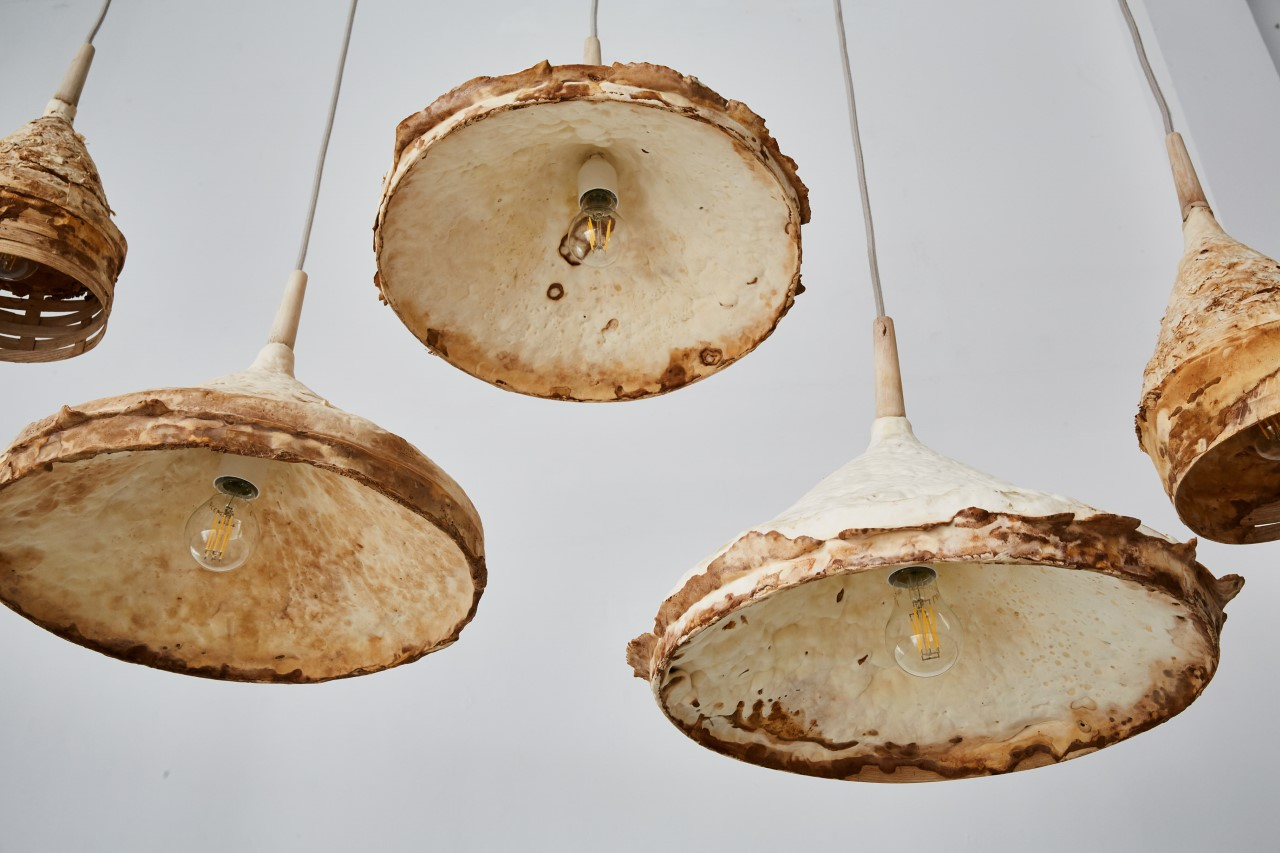
2. Organic Dried Fruit Slices
- Profit margin: 40-60%
- Estimated competition: ~700–1,000 active sellers
The organic snack market is booming as consumers shift toward healthier snacking. According to Grand View Research, the global organic snacks market was valued at $8.9 billion in 2023 and is projected to grow at a 5.2% CAGR from 2024 to 2030.
Yes, the whole niche can be intense, but niche-specific like “organic dried fruit slices” remain middle-competition markets. Dried fruit slices can be priced 2–4x higher than raw fruit cost, with 40%–60% margins for sustainable packaging.

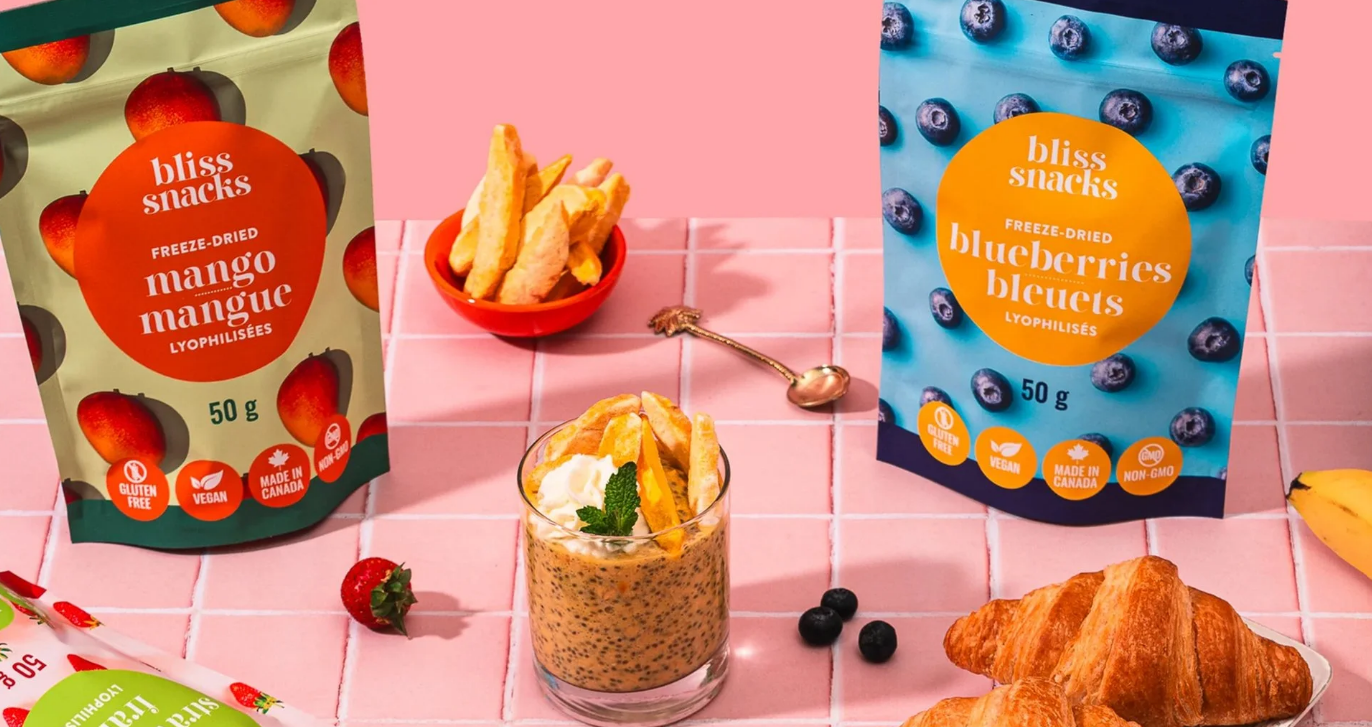
3. Anima-Shaped Silicone Cocktail Straws
- Profit margin: 55-70%
- Estimated competition: ~500–1,000 active sellers
Because Animal Cocktail Straws are lightweight and low-cost, they are perfect as add-on items in e-commerce. Low competition is also evident: Etsy search results for “animal straw” yield fewer than 100 relevant handmade listings, leaving space for first movers to dominate.
Considering average Etsy shop prices of $6–$10 and low manufacturing costs, sellers can expect profit margins between 55–70%.

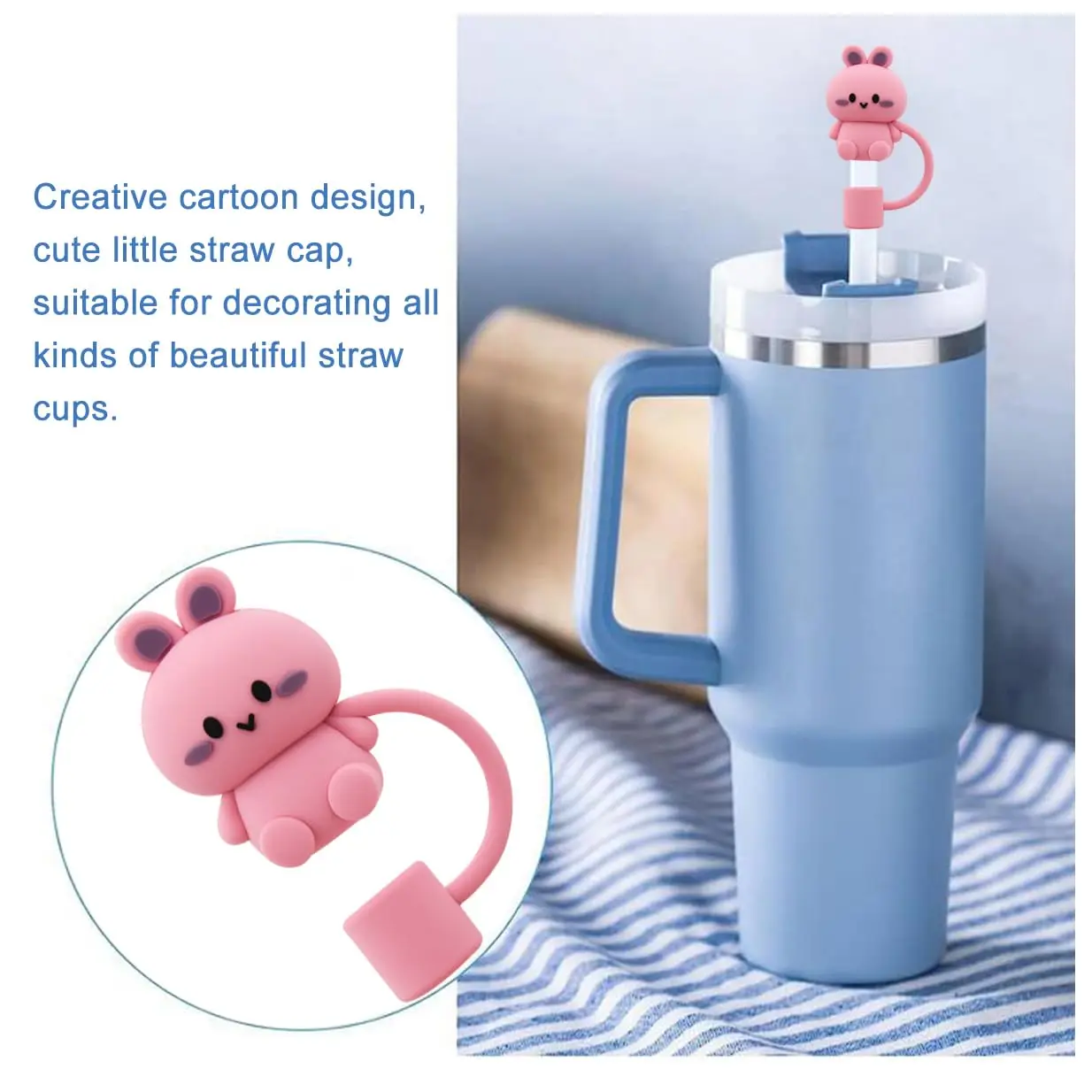
4. Natural-Fiber Fuzzy Socks
- Profit margin: 55-70%
- Estimated competition: ~1,200–1,500 active sellers
Alpaca and mohair socks are fast becoming the luxury comfort accessory. The global alpaca fiber market alone reached USD 3.2 billion in 2024. Fuzzy socks made from organic cotton, alpaca, angora, or bamboo are rarer and more special. Few brands highlight both sustainability and that enveloping fuzzy comfort—so you get both margins and brand differentiation.
Natural-fiber fuzzy socks can cost $8–$12, retailed at $25–$35, yielding 55–65% margins—even higher when paired with strong eco-storytelling and branding.

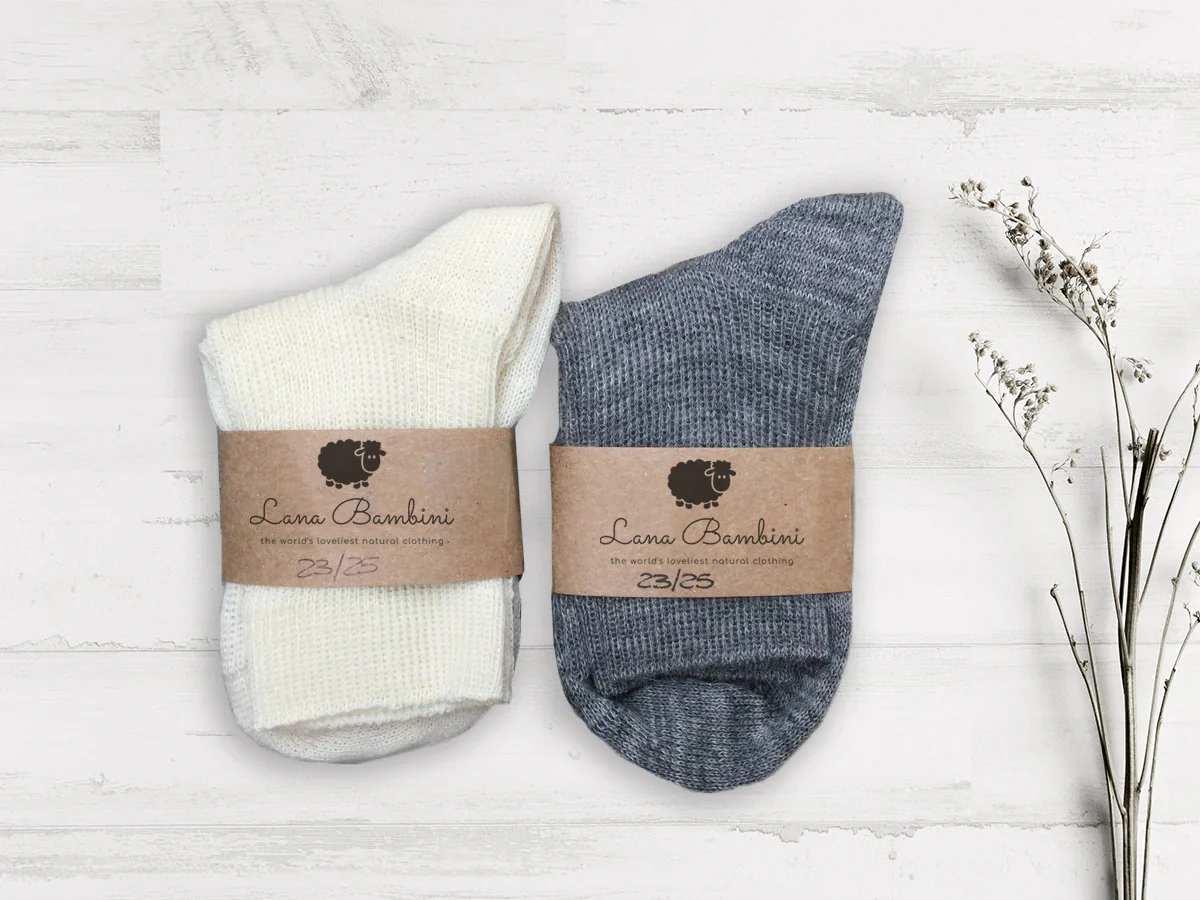
5. Dessert-Flavor Toothpaste
- Profit margin: 60-75%
- Estimated competition: ~50–150 active sellers
Most toothpaste brands stick with mint. Dessert-flavor toothpastes are still niche and often limited-edition. Brands like Hismile have made huge waves with flavors such as chocolate, cotton candy, red velvet, and blue raspberry—racking up nearly USD 300 million in toothpaste sales in a year.
You can retail at $8–$15 per tube while keeping production costs between $2–$4, translating to 60–75% gross margins.

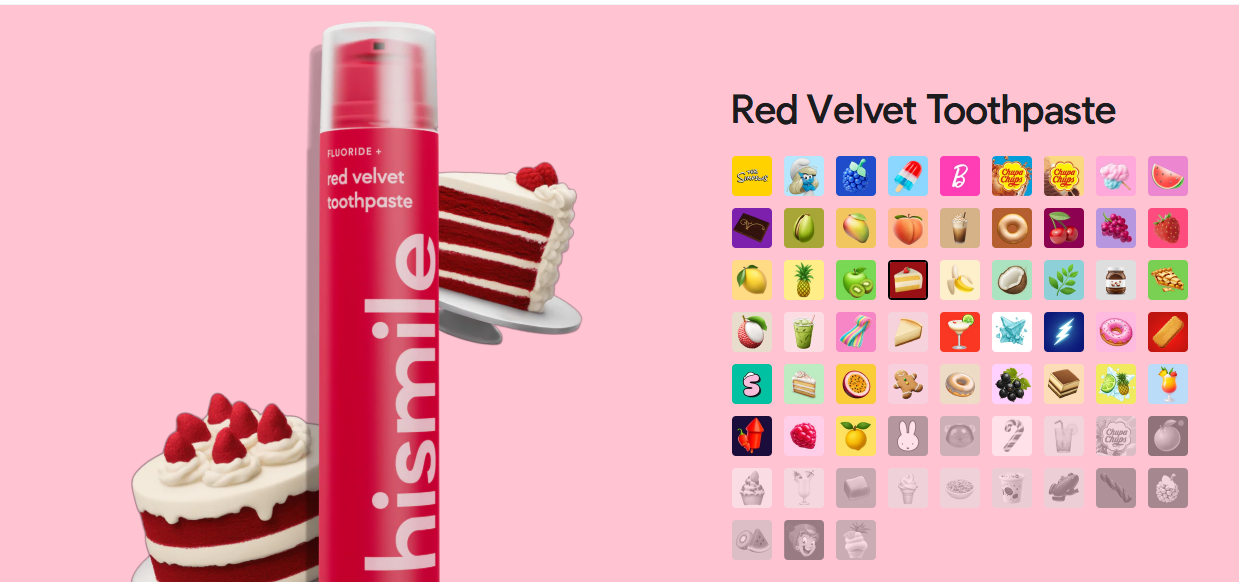
6. Super-Clumping Tofu Litter
- Profit margin: 50-65%
- Estimated competition: ~200-300 active sellers
The global tofu cat litter market is booming—expected to hit US $1.5 billion by 2025, growing at over 10% CAGR, with a share rising toward 40% of total cat litter. Most tofu litters are generic in design. Focus on high-performance “super clumping” formulas (e.g., with activated-carbon beads or extra absorbency) distinguishes you from cheaper, underperforming options.
Premium tofu formulas cost ~$4–6 per bag, retail at ~$12–18 → margins of 50–65%.

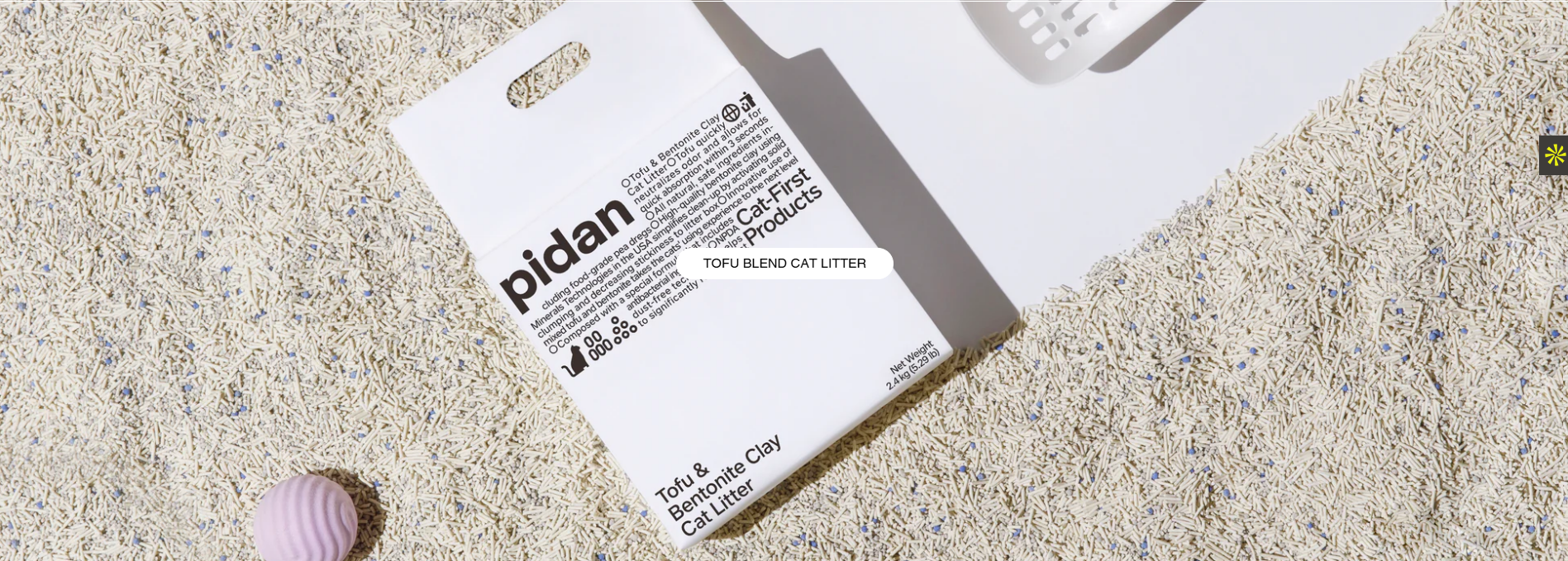
7. Kawaii Food Jewelry
- Profit margin: 60-75%
- Estimated competition: ~500–1,200 active sellers
The costume jewelry segment is expanding rapidly (2025 U.S. market ~USD 20.5B; CAGR ~6.4%) with earrings & rings the top product categories. Food-themed designs have charm, but many sellers rely on mass imports. Handmade, original food motifs (e.g., sushi, avocado toast) remain underrepresented.
Branded, themed earrings priced at $20–$35 with cost-of-goods at $5–$8 can net 60–75% gross margin.


8. Travel & Car-Ready USB Bottle Warmers
- Profit margin: 35-60%
- Estimated competition: ~100-300 active sellers
Searches for “portable” warmers surged and travel lists now highlight portable warmers as road-trip essentials for families. Amazon has many general bottle warmers, but few reliable, well-branded USB travel warmers that combine universal fit, safety cutoffs, and good UX — most are cheap imports or poor fit. That fragmentation is your opening.
Retail $100–$200. BOM + electronics $35–$80 → margins 35–60%, with potential for recurring revenue via subscriptions (boosts LTV).

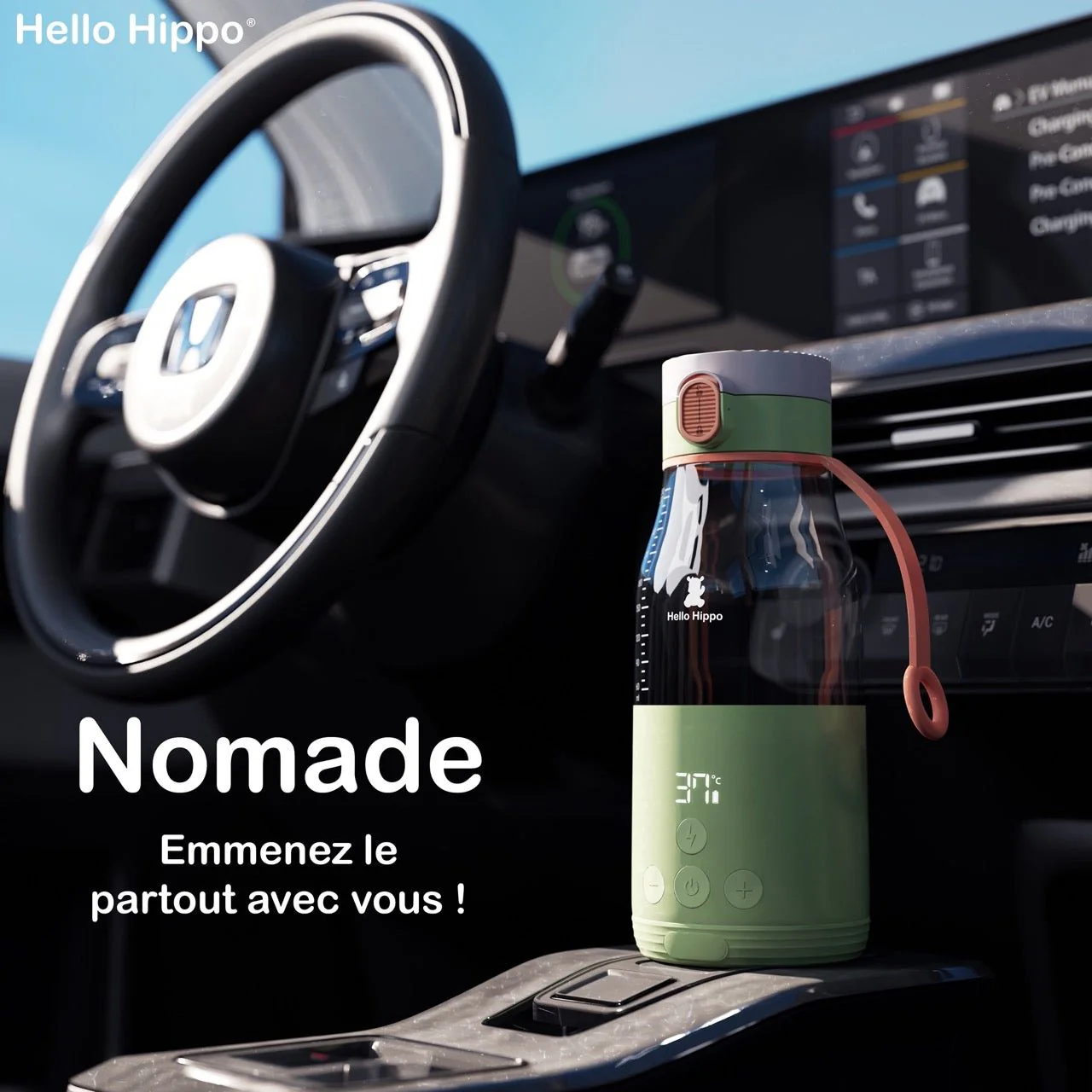
9. Electric Nail Clipper for Dogs
- Profit margin: 40-65%
- Estimated competition: ~100-300 active sellers
Pet owners are shifting to at-home grooming to save on professional costs—pet grooming services can cost $30–$90 per session, while an electric nail clipper is a one-time $25–$50 purchase. Searches for "dog nail grinder" have grown 45% in the past 3 years (Google Trends), while "electric dog nail clipper" is still emerging—indicating a blue ocean keyword opportunity.
Entry-level bulk purchase prices are $10–$14, targeted branding allows $40–$55 retail pricing (40-65%+ margins).

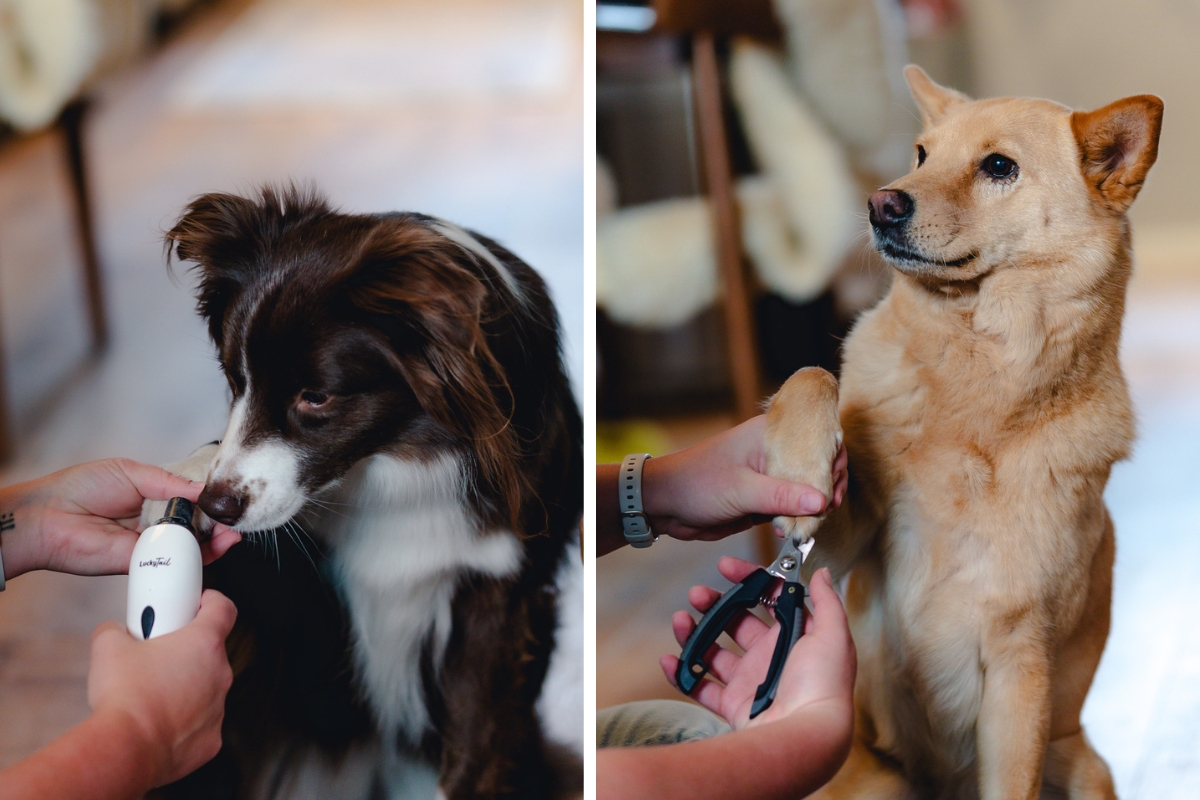
10. Frozen Smoothie Cups
- Profit margin: 65-80%
- Estimated competition: ~100-350 active sellers
The smoothies market is expected to hit $33.1 B globally by 2034, with strong preference for functional and healthy options. Ready-to-blend functional frozen smoothie cups are rare—most functional drinks are RTD. That’s a prime product blindspot.
Premium functional mixes can retail at $5–$8 per cup, with costs of $1.50–$2 → margins 65–80%.

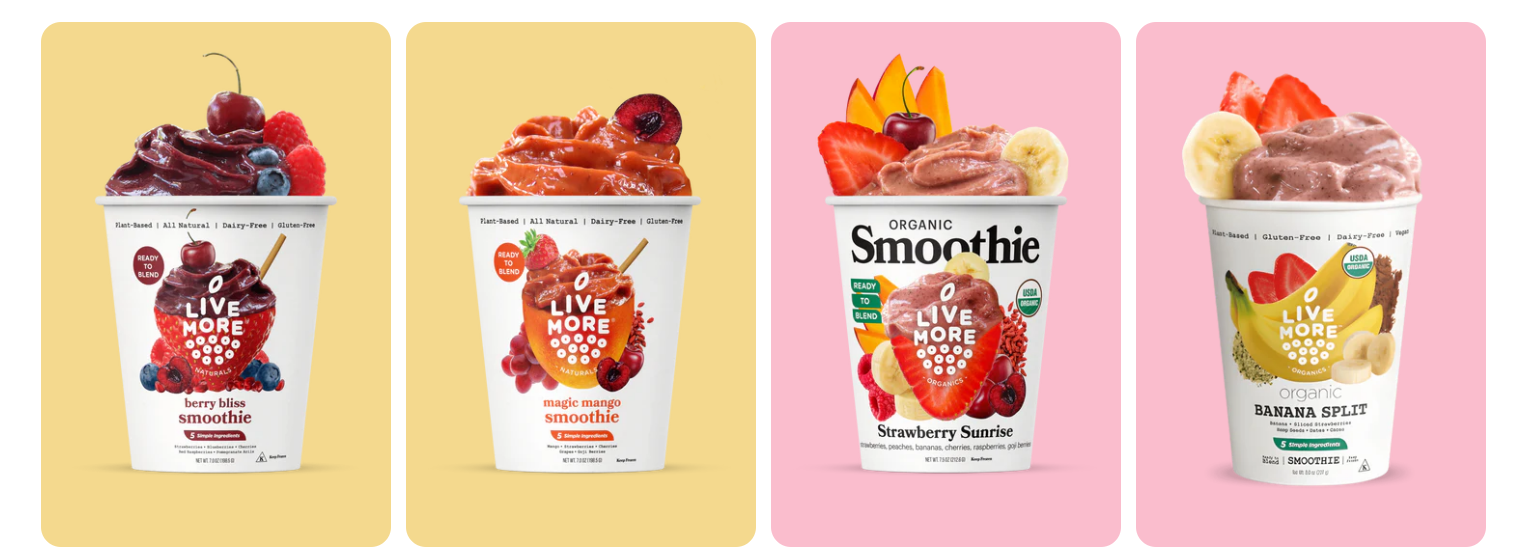
Finding a low-competition niche is just the start. What really matters is knowing if it’s making you net profit—your true bottom line after every expense excluded.
TrueProfit is built specifically for helping you with that. It’s a Shopify net profit analytics platform that reveals in real time which products and niches are actually driving the highest margins. By calculating your COGS, shipping, ad spend, and more—TrueProfit gives you a clear view of niche profitability, so you can focus your energy on scaling only what works.
Lila Le is the Marketing Manager at TrueProfit, with a deep understanding of the Shopify ecosystem and a proven track record in dropshipping. She combines hands-on selling experience with marketing expertise to help Shopify merchants scale smarter—through clear positioning, profit-first strategies, and high-converting campaigns.








![What Is Ecommerce Attribution: Models, Tips & Tools [2025]](https://be.trueprofit.io/uploads/ecommerce-Attribution-1.webp)
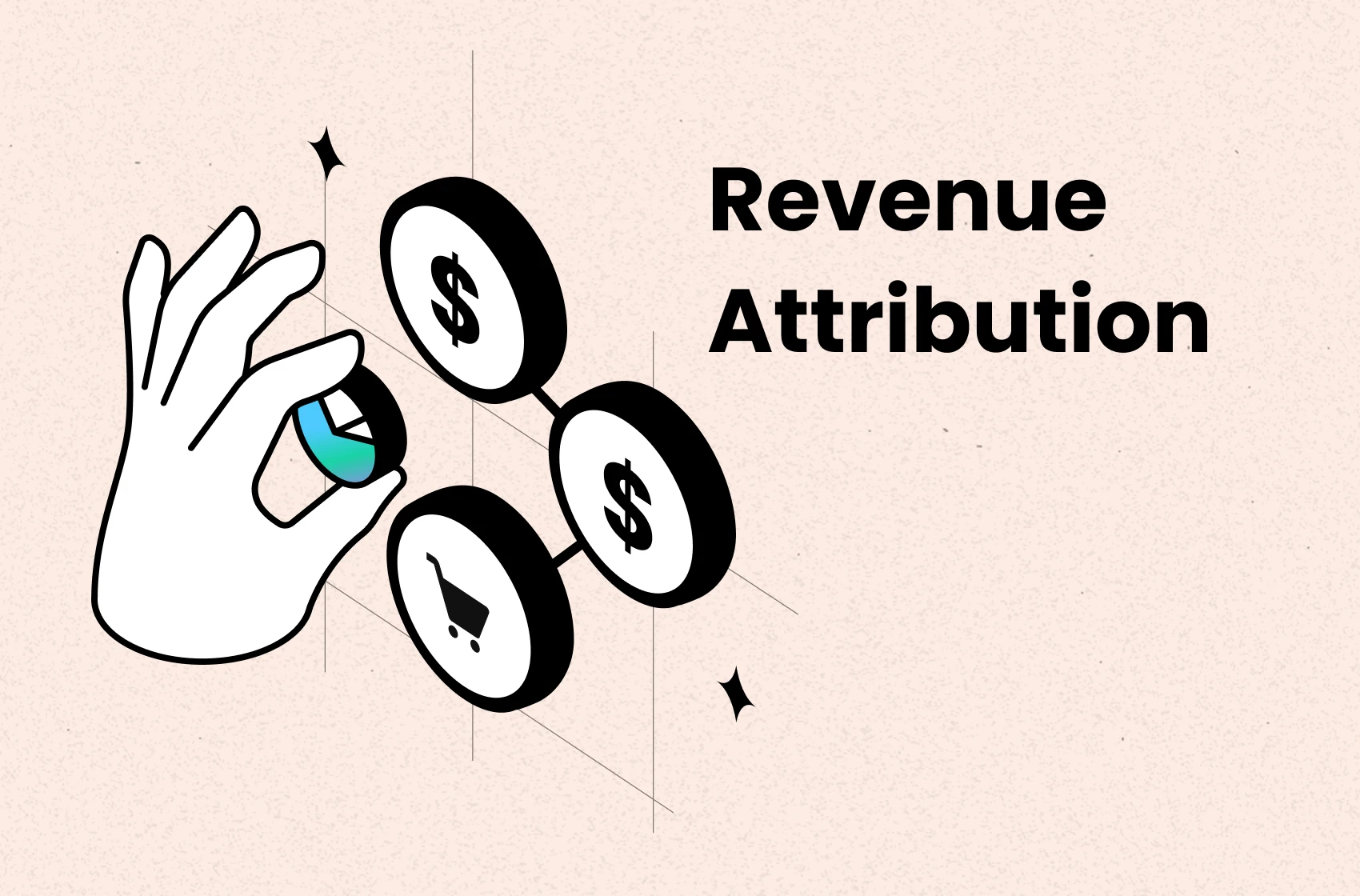
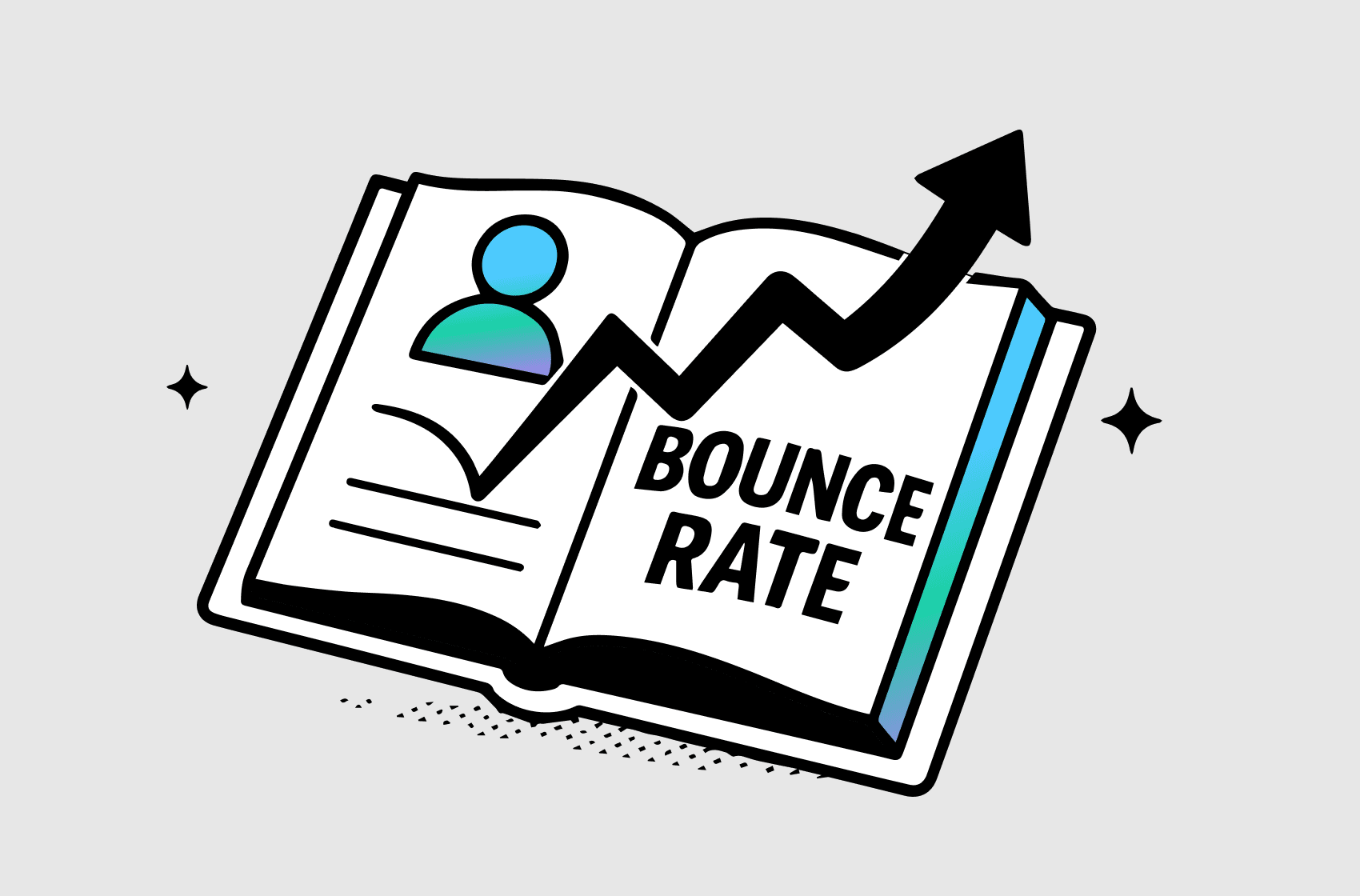


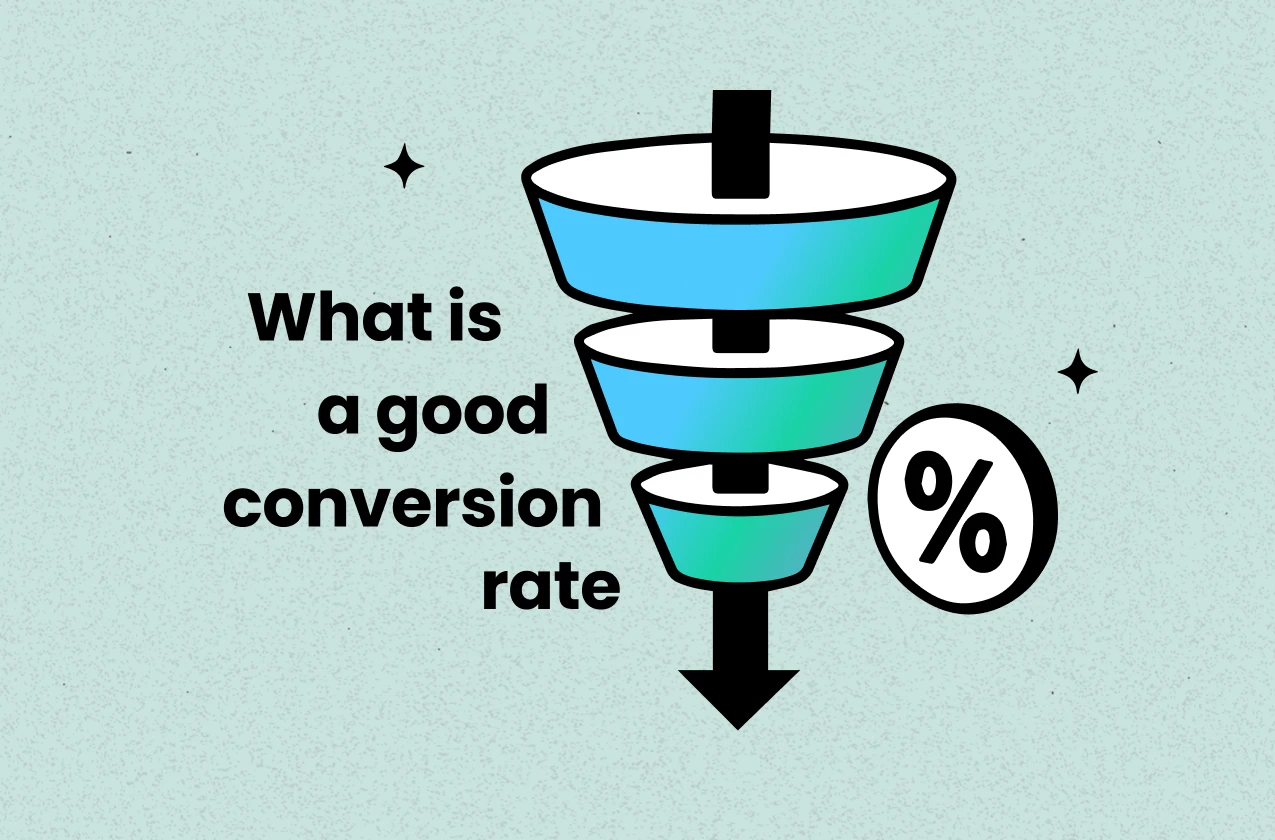
 Shopify profits
Shopify profits